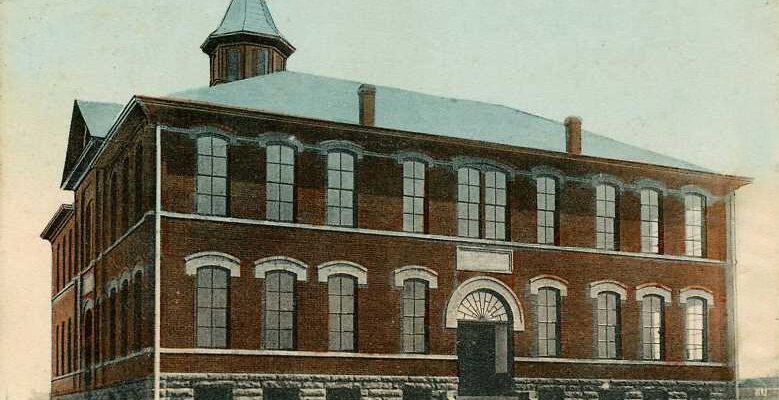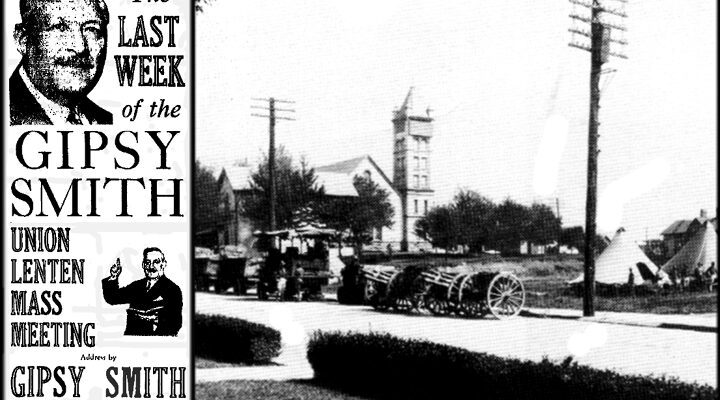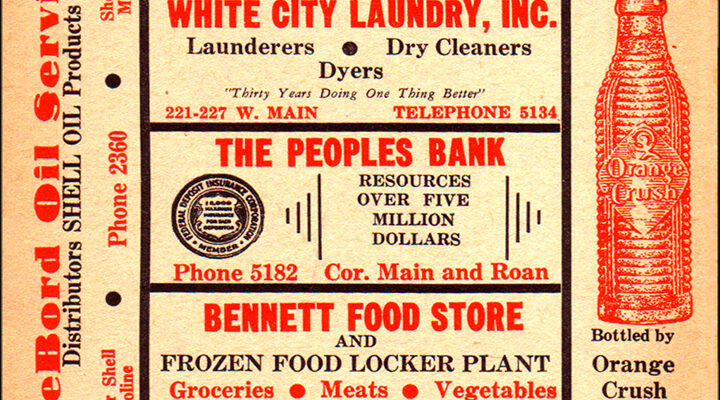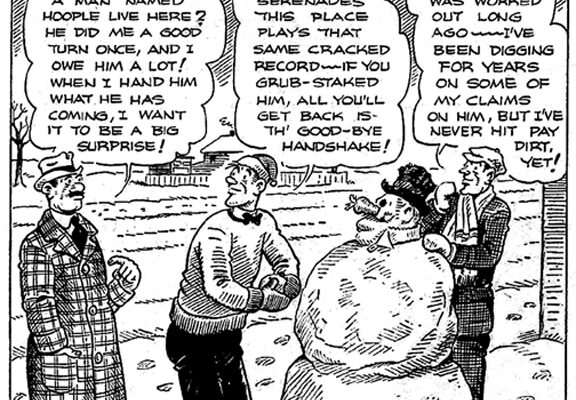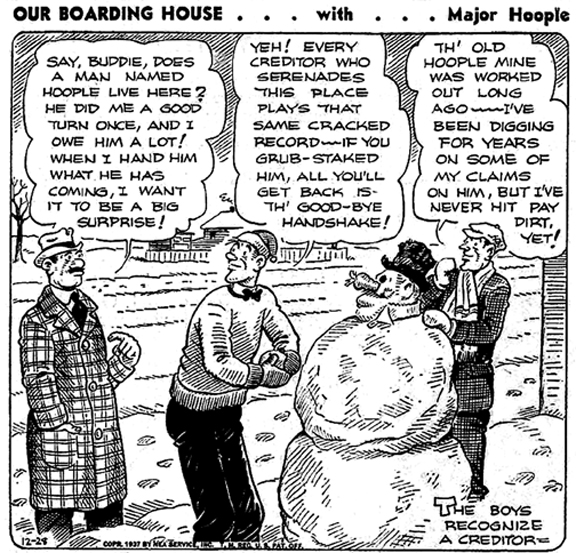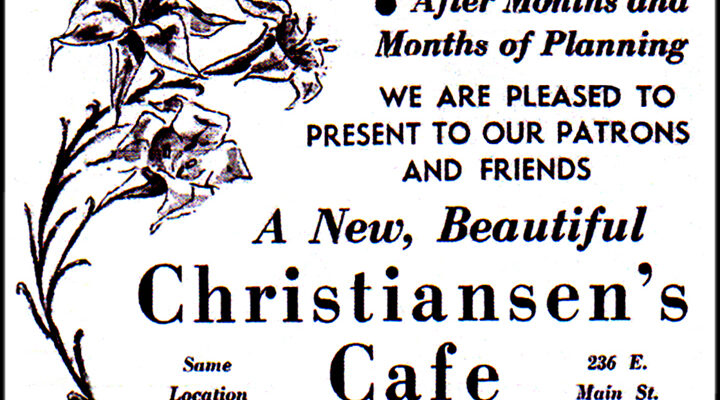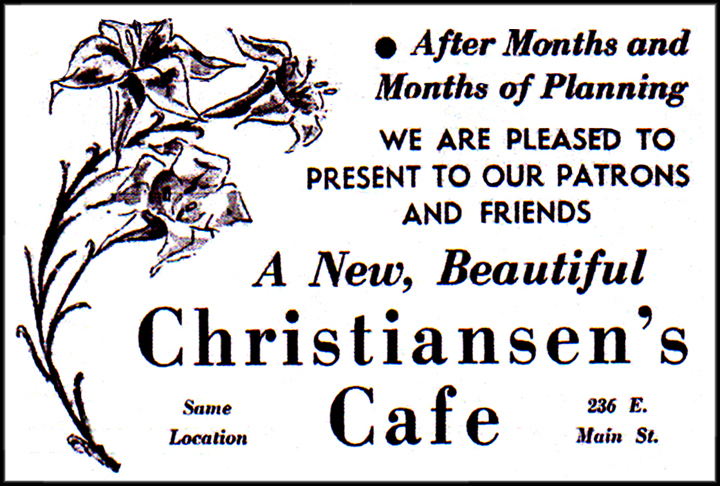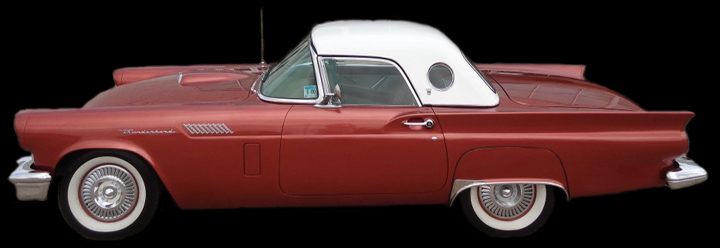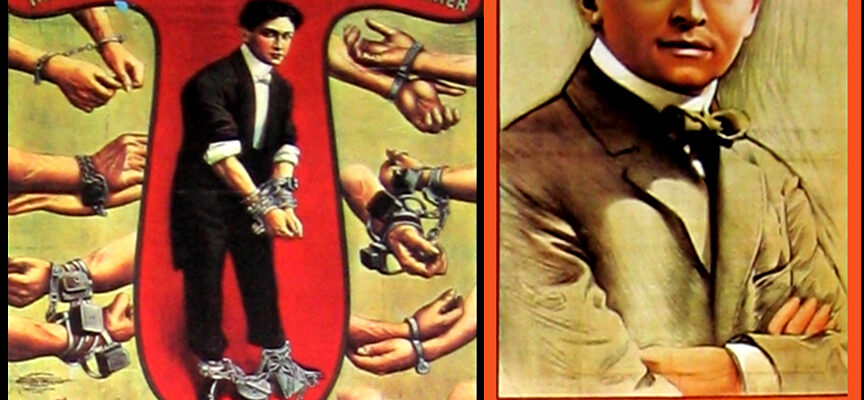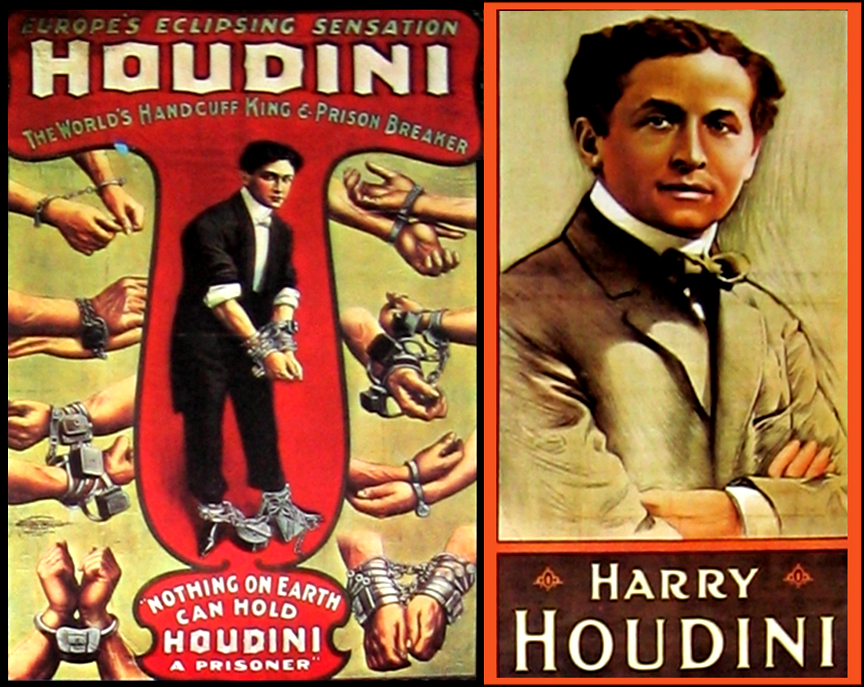In 1873 when Johnson City’s population was about 600, Reverend Clisbe Austin, who listed his address as “Johnson City, Washington County, State of Tennessee,” marketed a U.S non-alcoholic medicinal product known as Austin’s Liver Regulator.
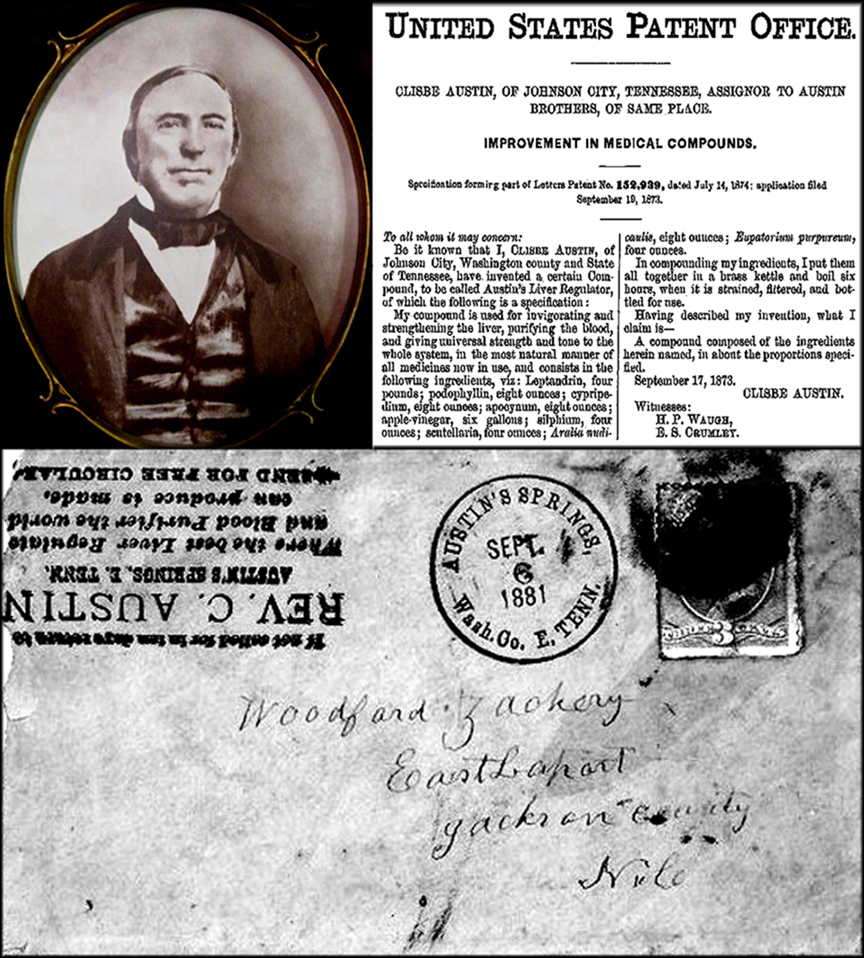
On September 17 that year, the reverend submitted an application for his invention to the United States Patent Office. He was granted rights for patent 152,939 under the category “Improvements in Medical Compounds.” Research suggests that Clisbe, as assignor, authorized his two oldest sons, Frederick and Clisbe, Jr. (by his second wife, Jane Ann Hammond) to produce and market the product from their recently purchased Austin’s Springs property on the Watauga River.
The recipe consisted of eight largely unfamiliar, hard-to-pronounce ingredients, with the exception of one – apple-vinegar. The components were placed in a brass kettle, boiled six hours, strained, filtered and bottled for distribution.
In a June 1874 local ad, the inventor promoted his product: “The world wonders why it is that Austin’s Liver Regulator so far excels all other family medicines now before the people. The reason is it is the result of 35 years gathering and experimenting until we brought it to the state of perfection and now proves its wonderful virtues at home before going among strangers. We boldly challenge the world to produce its equals as a gentle, safe and reliable family medicine.
“The product cures all derangement of the liver and bowels and purifies the blood, has cured several cases of scrofula (tuberculous infection of the lymph nodes), prevents and cures diseases generally if taken in time (cholera and all fevers not excepted). Hence, every family should keep it in their house and prevent sickness and doctor bills. It is purely vegetable compound made of the roots of Armenian growth, their medicinal properties extracted with pure apple-vinegar without the drop of spirits.”
The ad identified a “cloud of witnesses,” prominent Johnson City citizens who put their stamp of approval on the medicine in a document dated April 15, 1874: “We the citizens of this town and vicinity do heartily recommend Austin’s Liver Regulator as being one of the safest and best family medicines we have ever used. It is exceedingly popular where it is made and has performed many wonderful cures among us. The signatures read like a who’s who of the regions early days:
B.F. Swingle (clerk and master chancery court), 0.P. Childress (merchant), H.C. Burroughs (merchant), John J. Adams (home builder), H.H. Crouch (builder), A.B. Bowman (postmaster), D.B. Farnsworth, (express and depot agent), A.J. Toppings (surgeon and mechanical dentist), E.F. Akard (attorney at law), Rev. T.B. Felts (M. E. Church, South), Rev. F. D. Crumley (M.E. Church, South), Col. P.P.C. Nelson (ex-state senator of Tennessee), Dr. H.H. Carr (Tennessee legislature), Col. J.K. Miller (U.S. revenue collector), D.W. Crumley (City Mayor), Charles S. Holloway (city marshal), W.H. Taylor (city alderman), Jacob McNeese (city alderman), J.M. Carr (city alderman), Rev. J.D. Daugherty (M.E. Church, South), A.J. Daugherty (shoe and boot maker), D.M. Taylor (deputy sheriff), E.S. Crumley (tinner), J.P.S. Ryburn (tanner), A.S. Brownlow (claims agent), E.D Hoss (hotel keeper), G.W. Hicky (hotel keeper), S.H. Miller (justice of the peace), J.M. Williams (justice of the peace) and J.B. Love (farmer).
The Austin Brothers made and sold the product for one dollar per bottle; five bottles equaled a gallon. The company offered an undisclosed discount if the buyer purchased a dozen bottles. A printed circular could be ordered at no cost from the company that provided additional information about the medicine. The mailing address was shown as “Austin Brothers, Johnson City, East Tennessee.”
Reverend Austin died in 1883 at Austin’s Springs (later Austin Springs).

